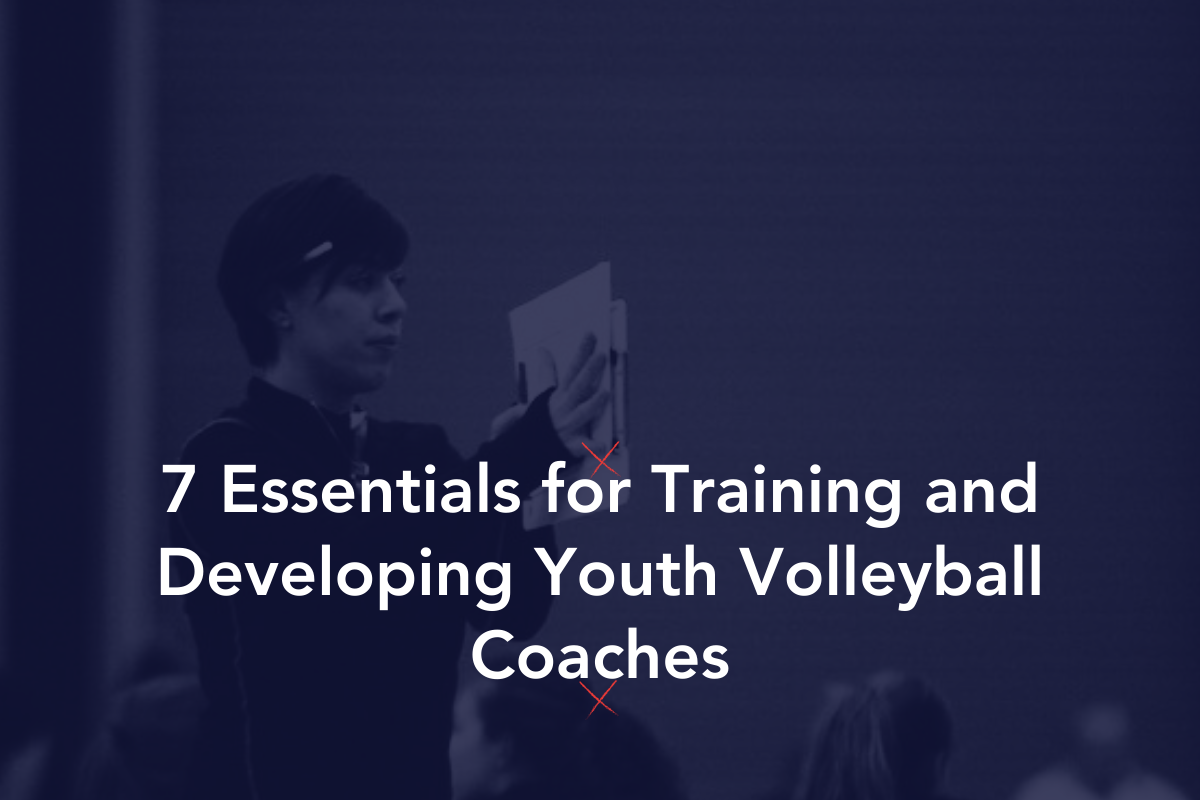When we look at how coaches are specifying feedback to the athletes, we can engage in a conversation of what stage of learning the athletes are in for any given skill. Sometimes we find that coaches mistake an athlete’s “performance” for the amount the athlete has “learned”. They “played well enough, therefore they should know how to do ‘x’”. Sometimes we find that feedback is given towards specific parts of general motor patterns that the athlete already has learned and considered automatic. Athlete’s who bring attention to specific parts of these automatic processes run the risk of directly impeding the performance of that skill, and potentially developing further maladaptive behaviors.
For example, when a coach tells the athlete mid-game to think about his/her hand-contact on the next swing to guide his/her shot, the athlete’s entire attention goes to his/her hand-contact instead of considering the set location and tempo, the blockers in front of them, and the winnable shots that are available. Performance only equates to what an athlete can temporarily achieve, wherein measuring an athlete’s learning speaks more to the consistency to which he/she performs at/above the desired level. Directing feedback to their shot choices helps them recall what their hand needs to do in order to hit that shot if they have that opening again. Keeping feedback on their hand blinds them to the unfolding play.
Fitts and Posner’s (1967) 3 Stages of Learning give us an understanding of where our athletes are in their learning process so we can facilitate longer term increases in performance through more intentional feedback:
Stage 1: Cognitive Stage
Athletes in Stage 1 are the new learners for specific skills. This could be your players who have switched their positions (ie: attacker to setter), or the athlete who has yet to put his/her hands together to form a platform to pass the ball. You will see the most growth in these athletes as they will respond to feedback that is direct and encouraging. Feedback in this stage should be given most often after reps, immediately after they make a play, be pointed towards what they were doing “correctly” in that moment, and encourage them to continue to make the movements that were “correct”. Feedback should also be applied to one portion of the skill at a time until the athlete understand the skill entirely.
Stage 2: Associative/Motor Stage
Athletes in Stage 2 have learned basic movement patterns, body angles and postures and are now trying to apply them to play and competition. This athlete understands what the arm swing looks and feels like, but is learning how to hit against a block and defenders. These athletes need less direct feedback about their arm swing and hand contact, and more nuanced feedback about where they are hitting the ball and why. Feedback for learners in this stage should be directed towards the amount of options to choose from in any given moment. For example, decision making for setters, shot selection for attackers, what arm to play the ball defensively during pursuit, and the reasoning behind those choices.

Stage 3: Autonomous Stage
Stage 3 are your Elite athletes. While some youth athletes may be nearing this stage depending on their ability compared to the game at-large, most of our youth athletes will never reach this stage entirely. You will find actions like their approach and arm swing, set delivery, passing, and digging mechanics are autonomous. This stage marks more decisional strategies like when to dump the ball, where, with a certain kind of throw (pineapple, flick, or swing); or when your athletes are making defensive reads, and deciding whether to second ball set with their hands or platform, and with enough height for your three option offense in transition. Feedback here should be focused on the decision-making process, what to do based on opponent tendencies, offensive tempo and shot selection based on the block and defensive holes.
As coaches, we strive to make our athletes better each and every time we’re in the gym. Take into consideration which stage each of your athletes are in the stages of learning in order to get the most out of your athletes both mentally and physically.
Here are examples of feedback for serve receiving passing in each Stage of Learning
The Neurobiology of Development
View more mental training resources
About the Author![]()
Rob Samp is the Mental Performance Coach for MOD Volleyball, a JVA member club in Chicago, Illinois. He currently holds the title of LPC within the State of Illinois, utilizing EMDR and Brainspotting to work with complex PTSD, Depression, and Anxiety around Cook County, IL. Samp has nearly a decade of coaching experience at the junior and collegiate level. He is grateful to be continuing his pursuit for facilitating performance excellence within MOD, as well as the universities around the Chicagoland area. Click here for Samp’s contact information and website.











